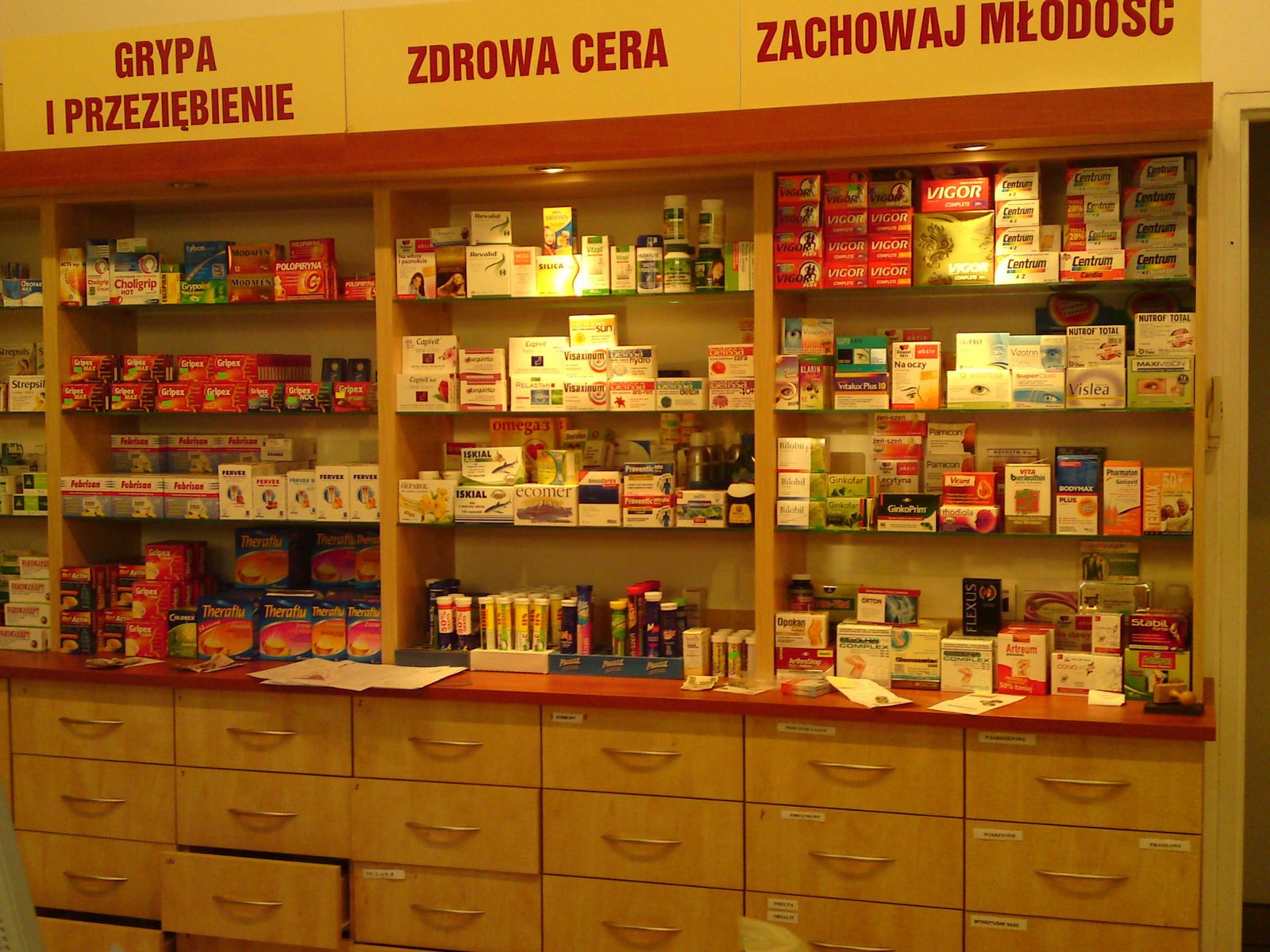Pharmacy Practice MCQ, in this article we will solve, Practice MCQ under subject Microbiology. Read following article for your reference.
- What is the primary principle behind heat sterilization?
- A) Oxidation
- B) Denaturation of proteins
- C) Coagulation of lipids
- D) Disruption of nucleic acids
- Which method uses steam under pressure for sterilization?
- A) Dry heat sterilization
- B) Filtration
- C) Moist heat sterilization
- D) Radiation
- At what temperature and pressure is autoclaving typically performed?
- A) 121°C, 15 psi
- B) 100°C, 10 psi
- C) 134°C, 20 psi
- D) 150°C, 25 psi
- Which of the following is a merit of moist heat sterilization?
- A) Suitable for heat-sensitive materials
- B) Rapid and reliable
- C) Causes degradation of materials
- D) Requires high temperatures
- What is a common application of dry heat sterilization?
- A) Sterilizing surgical instruments
- B) Sterilizing culture media
- C) Sterilizing glassware
- D) Sterilizing food products
- Which physical method of sterilization involves the use of a hot air oven?
- A) Moist heat sterilization
- B) Dry heat sterilization
- C) Filtration
- D) Radiation
- What is the principle behind filtration sterilization?
- A) Denaturation of proteins
- B) Physical removal of microorganisms
- C) Oxidation of cell components
- D) Coagulation of proteins
- Which type of radiation is used in ionizing radiation sterilization?
- A) Ultraviolet light
- B) Gamma rays
- C) Infrared light
- D) Visible light
- What is a demerit of using radiation for sterilization?
- A) High cost
- B) Slow process
- C) Ineffective against spores
- D) Requires high temperatures
- Which method is commonly used for sterilizing heat-sensitive materials?
- A) Dry heat sterilization
- B) Moist heat sterilization
- C) Filtration
- D) Radiation
- What is the main disadvantage of dry heat sterilization?
- A) Requires high temperatures and longer exposure times
- B) Not effective against spores
- C) Causes material degradation
- D) Limited to specific applications
- Which sterilization method is used in the food industry for canning and pasteurization?
- A) Dry heat sterilization
- B) Moist heat sterilization
- C) Filtration
- D) Radiation
- What is the typical temperature range for dry heat sterilization?
- A) 100-120°C
- B) 121-134°C
- C) 160-180°C
- D) 200-220°C
- Which method involves the use of steam at 121°C for 15 minutes?
- A) Dry heat sterilization
- B) Filtration
- C) Autoclaving
- D) Radiation
- What is a common application of filtration sterilization?
- A) Sterilizing surgical instruments
- B) Sterilizing culture media
- C) Sterilizing heat-sensitive solutions
- D) Sterilizing food products
- Which type of radiation is used in non-ionizing radiation sterilization?
- A) Gamma rays
- B) X-rays
- C) Ultraviolet light
- D) Beta particles
- What is the principle behind radiation sterilization?
- A) Denaturation of proteins
- B) Physical removal of microorganisms
- C) Oxidation of cell components
- D) Disruption of DNA
- Which method is not suitable for sterilizing heat-sensitive materials?
- A) Dry heat sterilization
- B) Moist heat sterilization
- C) Filtration
- D) Radiation
- What is a merit of using ionizing radiation for sterilization?
- A) Low cost
- B) Effective against all microorganisms
- C) Suitable for heat-sensitive materials
- D) Requires high temperatures
- Which method is used for sterilizing ophthalmic preparations?
- A) Dry heat sterilization
- B) Moist heat sterilization
- C) Filtration
- D) Radiation
- What is the main disadvantage of using filtration for sterilization?
- A) High cost
- B) Slow process
- C) Ineffective against viruses
- D) Limited to specific applications
- Which method involves the use of a hot air oven at 160-180°C for 1-2 hours?
- A) Moist heat sterilization
- B) Dry heat sterilization
- C) Filtration
- D) Radiation
- What is a common application of radiation sterilization?
- A) Sterilizing surgical instruments
- B) Sterilizing culture media
- C) Sterilizing heat-sensitive solutions
- D) Sterilizing food products
- Which method is used for sterilizing laboratory equipment?
- A) Dry heat sterilization
- B) Moist heat sterilization
- C) Filtration
- D) Radiation
- What is the principle behind moist heat sterilization?
- A) Denaturation of proteins
- B) Physical removal of microorganisms
- C) Oxidation of cell components
- D) Coagulation of proteins
- Which method is commonly used for sterilizing surgical instruments?
- A) Dry heat sterilization
- B) Moist heat sterilization
- C) Filtration
- D) Radiation
- What is a demerit of using dry heat sterilization?
- A) High cost
- B) Slow process
- C) Ineffective against spores
- D) Requires high temperatures and longer exposure times
- Which method is used for sterilizing culture media?
- A) Dry heat sterilization
- B) Moist heat sterilization
- C) Filtration
- D) Radiation
- What is the principle behind dry heat sterilization?
- A) Denaturation of proteins
- B) Physical removal of microorganisms
- C) Oxidation of cell components
- D) Coagulation of proteins
- Which method is used for sterilizing food products?
- A) Dry heat sterilization
- B) Moist heat sterilization
- C) Filtration
- D) Radiation
For more regular updates you can visit our social media accounts,
Instagram: Follow us
Facebook: Follow us
WhatsApp: Join us
Telegram: Join us





